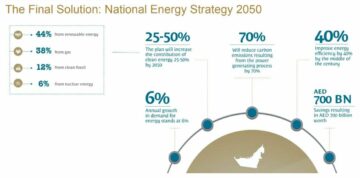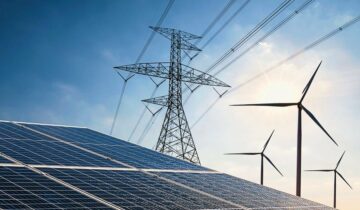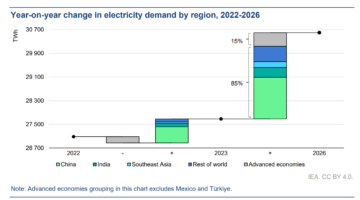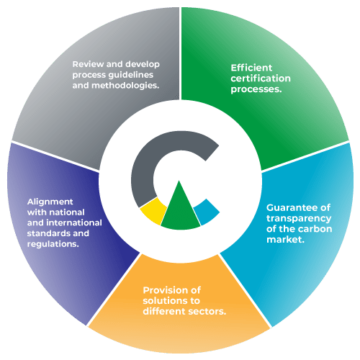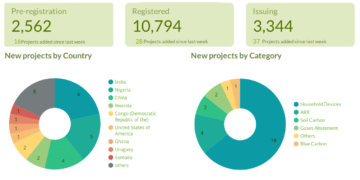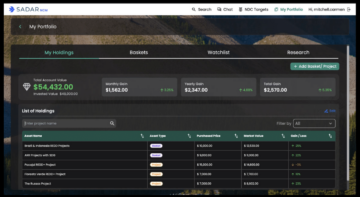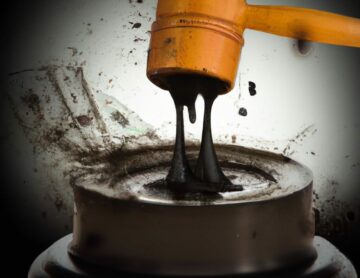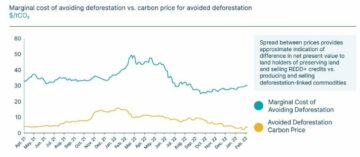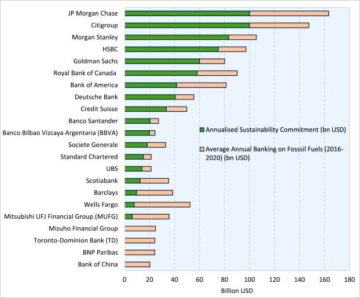The U.S. Environmental Protection Agency (EPA) is urging states to establish their own regulatory frameworks for carbon sequestration. This ensued when lawmakers intensely questioned the agency’s limited permit issuances.
In a congressional hearing, an EPA official expressed strong support for state efforts to acquire primary regulatory authority for Class VI wells used for underground carbon injection.
What Are Class VI Wells and Their Role in Carbon Capture and Sequestration?
Class VI wells are used to inject carbon dioxide (CO2) into deep rock formations as illustrated below. This long-term underground carbon storage is called geologic sequestration (GS).
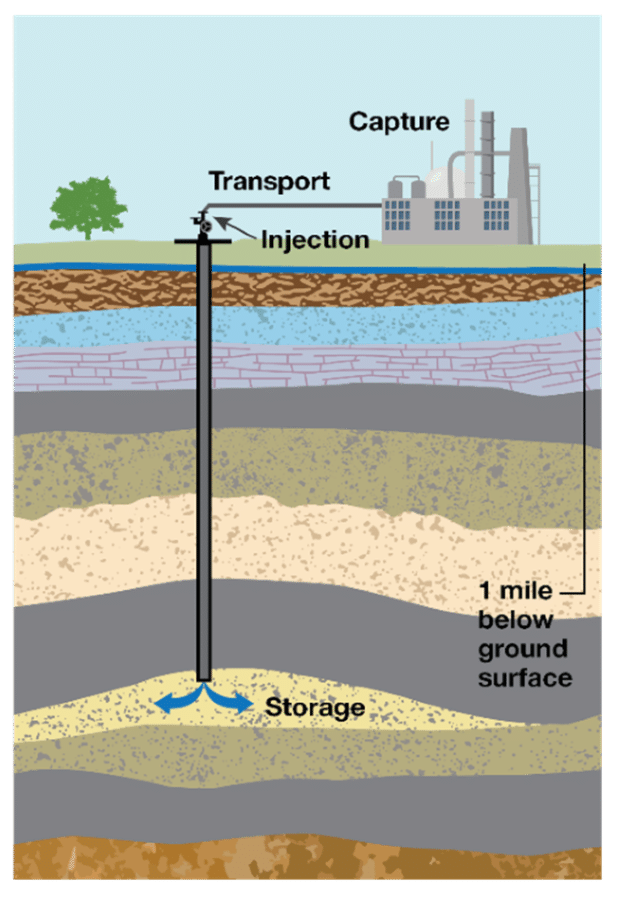

GS is a type of carbon capture and storage (CCS), a technology used to reduce carbon dioxide emissions to address climate change.
Common sources of CO2 for geologic sequestration include carbon captured from point sources like from steel and cement production facilities. It can also be from energy production such as power plants or directly from the atmosphere.
The potential for these wells to manage and safely sequester captured carbon is immense. For instance, the Colorado Geological Survey estimated 720 billion tons of CO2 could be safely stored in the state’s deep underground formations.
However, widespread development of CCS projects at scale has been slow, partly because of Class VI well permitting challenges.
Despite reviewing over 150 permit applications from over 50 carbon sequestration projects, the EPA has only granted approval for 2 wells in Illinois thus far. A third project in Indiana is pending approval, which would mark the first permit issued under the current administration.
Recent legislation, including the bipartisan infrastructure law of 2021 and the Inflation Reduction Act of 2022, has allocated substantial funds for carbon capture and direct air capture (DAC) initiatives.
2021 Infrastructure Investment and Jobs Act:
- Allocated $5 million/year through 2026 to EPA to permit Class VI wells and another $50 million for the agency to distribute to states with their own Class VI permitting.
- Allocated $2.25 billion investment for commercial large-scale carbon sequestration projects (storing 50 million metric tons of CO2) and associated pipeline infrastructure.
2022 Inflation Reduction Act (Changes to the Section 45Q tax credit scheme):
- Amended the baseline credit to $17/ton of CO2 captured and stored, with the potential to increase to $85/ton.
- Introduced a new 45Q credit for DAC and carbon sequestration – $36/ton and up to $180/ton.
Moreover, under the Clean Air Act, the EPA may mandate power plants to incorporate carbon capture technology to ensure compliance.
Bruno Pigott, principal deputy assistant administrator at the EPA’s Office of Water, emphasized the role of the Class VI well application process in the success of these projects during the hearing.
The EPA also initiated the application process for $48 million in grants funded by the bipartisan infrastructure law. The funding aims to expedite the deployment of technologies reliant on Class VI wells.
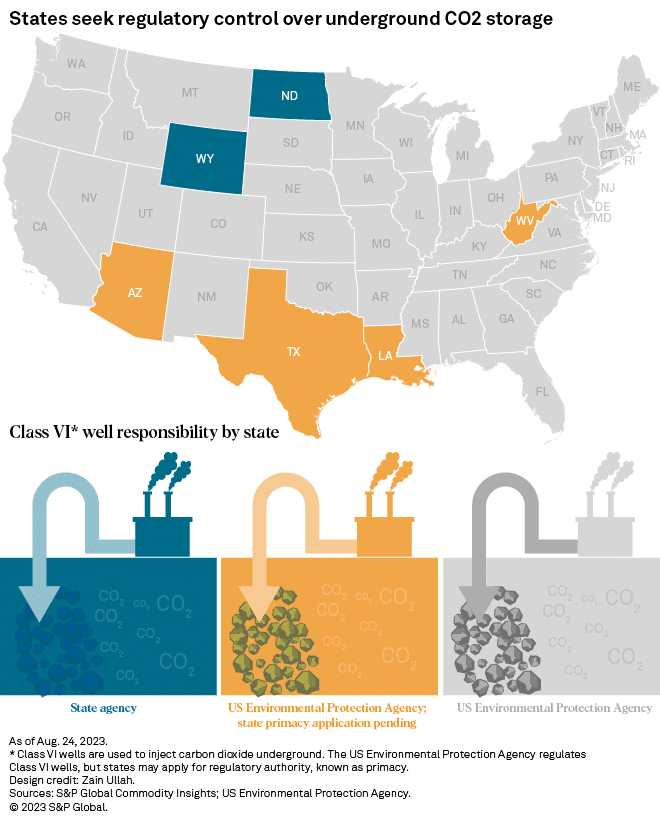

Amid discussions, an executive director of Carbon180, expressed optimism about the potential to reduce the costs associated with DAC. However, Burns underscored concerns regarding the need for a robust and efficient infrastructure, stating that:
“We’re going to need to store billions of tons of CO2, and we need a robust and well-functioning Class VI permitting process.”
Fixing Delays to Fast-Track Carbon Capture Efforts
The EPA has already given Class VI well primacy upon North Dakota and Wyoming, with Louisiana’s final approval still pending. Meanwhile, West Virginia, Arizona, and Texas have applications currently under consideration.
However, lawmakers have expressed frustration with the EPA’s protracted review period for states’ primacy applications, citing Wyoming’s nearly 3-year-long process.
During the hearing, Pigott was questioned on the substantial delays of the permitting process, highlighting Louisiana’s role as a model for various elements of the application. The state received conditional approval in May this year after submitting an application in 2019.
Over half the carbon sequestration projects awaiting permits for Class VI wells are in the Gulf Coast region. This includes Chevron’s carbon capture project Bayou Bend, covering 40,000-acre expanse on the region.
The EPA acknowledged the concern and said that the agency is currently sifting through tens of thousands of comments on the proposal to grant primacy to Louisiana.
The federal agency noted that states must meet the agency’s minimum standards and establish necessary administrative and enforcement programs to qualify for Class VI well primacy.
The EPA’s encouragement for states to establish their own regulatory frameworks for carbon sequestration reflects a concerted effort to fast-track the deployment of Class VI wells. While recent legislation has allocated significant funds for carbon capture initiatives, challenges in the permit issuance process underscore the need for a streamlined approach to bolster carbon sequestration projects nationwide.
- SEO Powered Content & PR Distribution. Get Amplified Today.
- PlatoData.Network Vertical Generative Ai. Empower Yourself. Access Here.
- PlatoAiStream. Web3 Intelligence. Knowledge Amplified. Access Here.
- PlatoESG. Carbon, CleanTech, Energy, Environment, Solar, Waste Management. Access Here.
- PlatoHealth. Biotech and Clinical Trials Intelligence. Access Here.
- Source: https://carboncredits.com/why-us-states-must-take-charge-of-their-own-carbon-sequestration-regulation/
- :has
- :is
- $UP
- 1
- 150
- 2019
- 2021
- 2022
- 2026
- 25
- 40
- 50
- 500
- a
- About
- acknowledged
- acquire
- Act
- address
- administration
- administrative
- After
- agency
- aims
- AIR
- allocated
- already
- also
- an
- and
- Another
- Application
- applications
- approach
- approval
- ARE
- arizona
- AS
- Assistant
- associated
- At
- Atmosphere
- authority
- awaiting
- Baseline
- BE
- because
- been
- below
- Billion
- billions
- bipartisan
- bolster
- burns
- by
- called
- CAN
- capture
- captured
- carbon
- carbon capture
- carbon dioxide
- Carbon Sequestration
- cement
- challenges
- change
- Changes
- charge
- citing
- class
- clean
- Climate
- Climate change
- co2
- Coast
- Colorado
- comments
- commercial
- compliance
- Concern
- Concerns
- concerted
- conditional
- Congressional
- Congressional hearing
- consideration
- control
- Costs
- could
- covering
- credit
- Current
- Currently
- Dakota
- data
- deep
- delays
- deployment
- deputy
- Development
- directly
- Director
- discussions
- distribute
- during
- efficient
- effort
- efforts
- elements
- Emissions
- emphasized
- energy
- enforcement
- ensure
- environmental
- Environmental Protection Agency
- EPA
- establish
- estimated
- executive
- Executive Director
- expedite
- expressed
- facilities
- far
- Federal
- final
- First
- For
- frameworks
- from
- frustration
- funded
- funding
- funds
- given
- going
- grant
- granted
- grants
- gulf
- Half
- Have
- hearing
- highlighting
- However
- http
- HTTPS
- illinois
- immense
- in
- include
- Including
- incorporate
- Increase
- Indiana
- inflation
- Infrastructure
- initiated
- initiatives
- inject
- instance
- into
- investment
- issuance
- Issued
- IT
- Jobs
- large-scale
- Law
- lawmakers
- Legislation
- like
- Limited
- long-term
- Louisiana
- manage
- mandate
- mark
- max-width
- May..
- Meanwhile
- Meet
- metric
- million
- minimum
- model
- must
- Nationwide
- nearly
- necessary
- Need
- New
- North
- North Dakota
- noted
- of
- Office
- official
- on
- only
- Optimism
- or
- over
- own
- pending
- period
- permits
- pipeline
- plants
- plato
- Plato Data Intelligence
- PlatoData
- Point
- potential
- power
- power plants
- primary
- Principal
- process
- Production
- Programs
- project
- projects
- proposal
- protection
- qualify
- Questioned
- received
- recent
- reduce
- reduction
- reflects
- regarding
- region
- Regulation
- regulatory
- review
- reviewing
- robust
- Rock
- Role
- s
- safely
- Said
- Scale
- scheme
- Section
- sequestration
- significant
- slow
- Sources
- standards
- State
- States
- stating
- steel
- Still
- storage
- store
- stored
- streamlined
- strong
- substantial
- success
- such
- support
- Survey
- Take
- tax
- tax credit
- Technologies
- Technology
- tens
- texas
- that
- The
- The State
- their
- These
- Third
- this
- this year
- thousands
- Through
- Thus
- to
- tons
- type
- u.s.
- under
- underground
- underscore
- upon
- urging
- us
- US States
- used
- various
- virginia
- W3
- was
- Water
- we
- webp
- WELL
- Wells
- West
- West Virginia
- when
- which
- while
- why
- widespread
- with
- would
- Wyoming
- year
- year after
- zephyrnet



